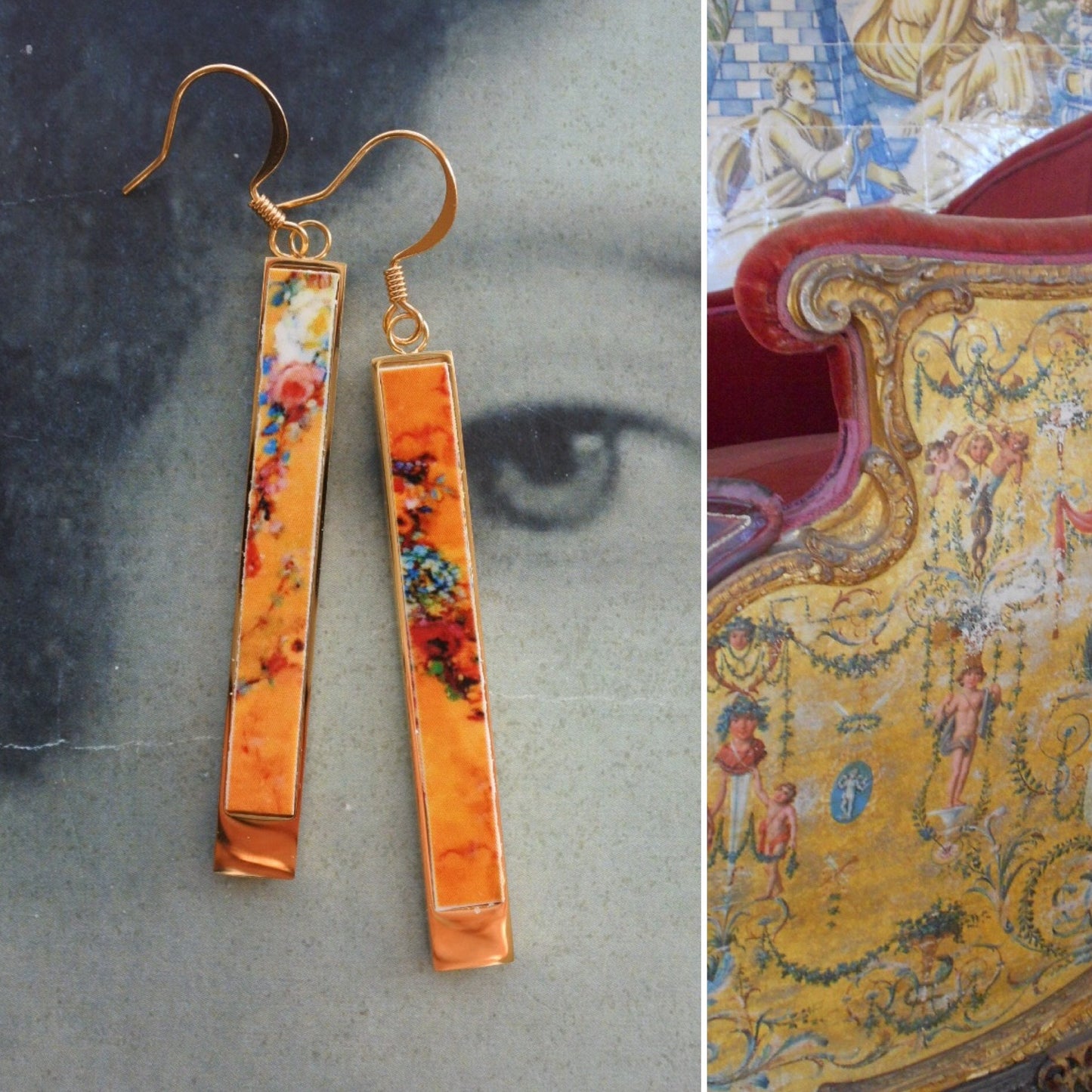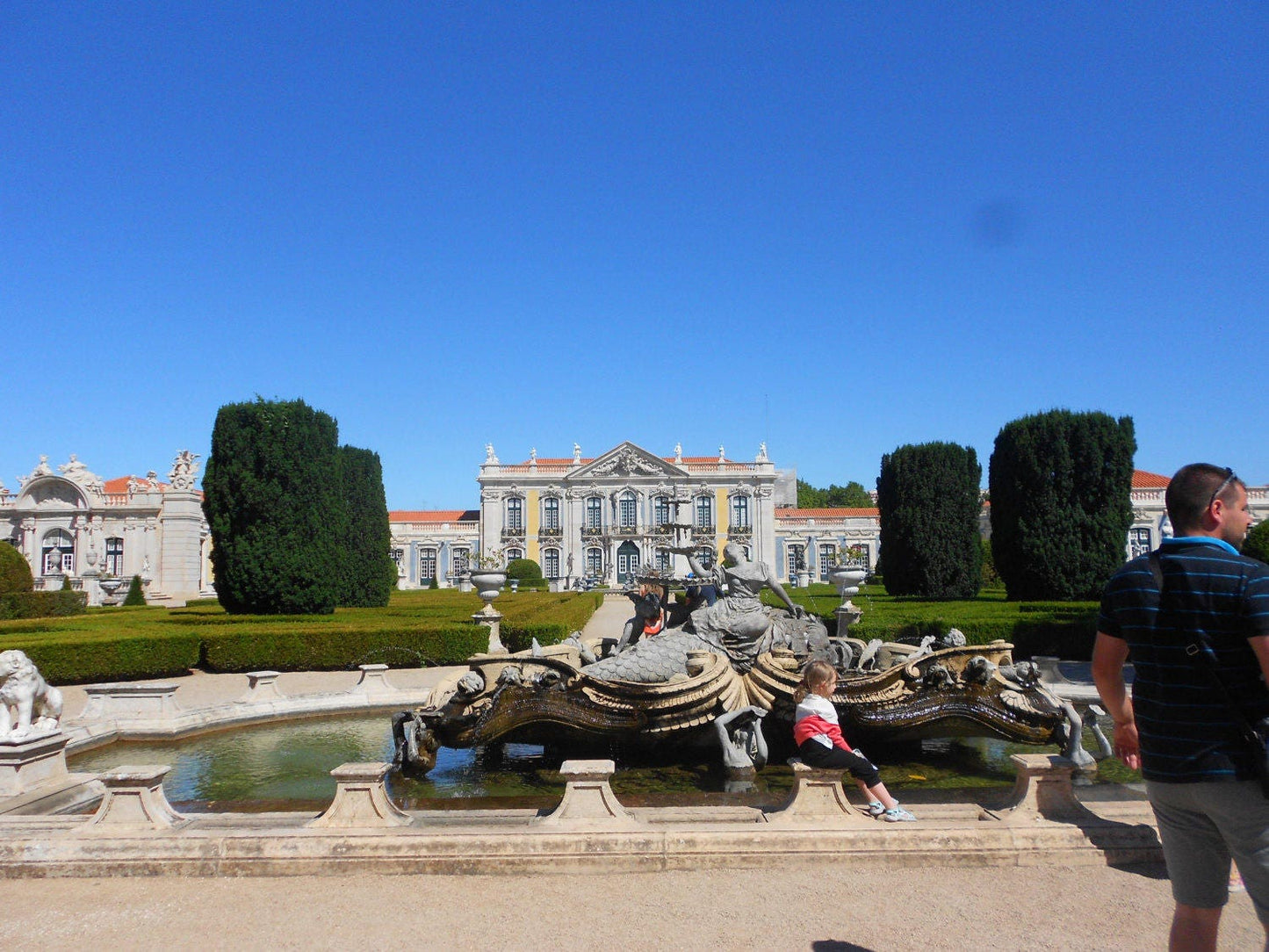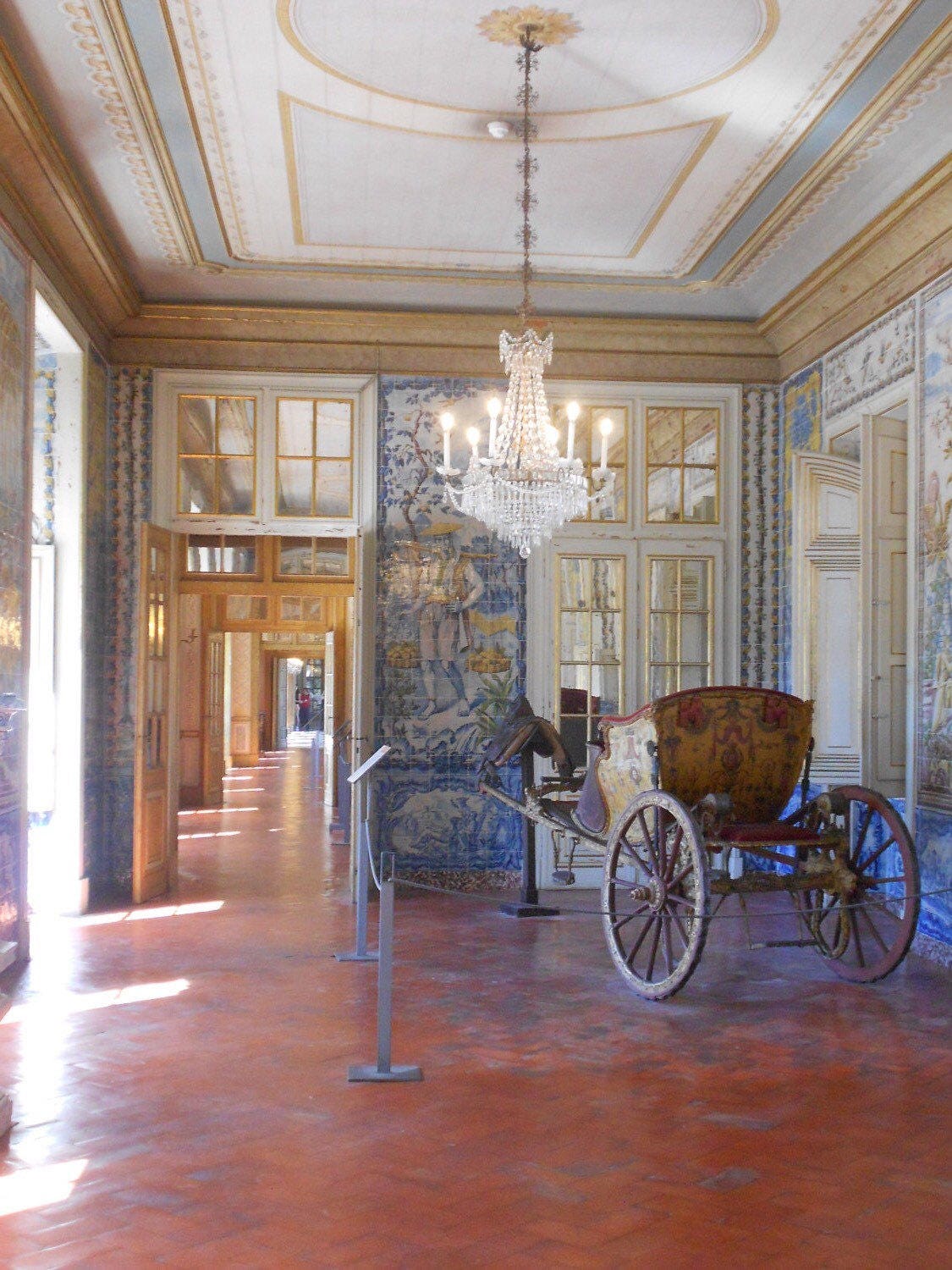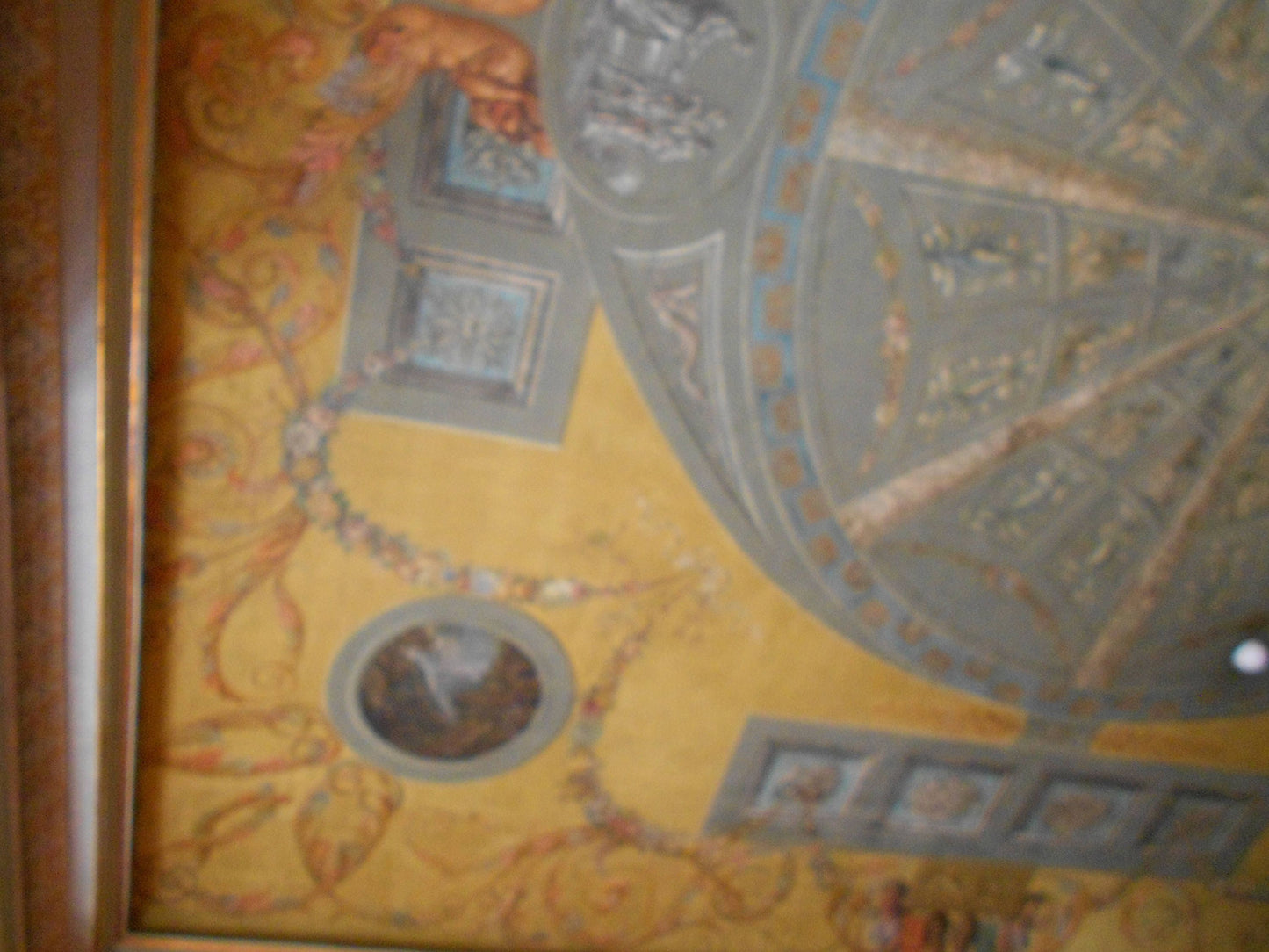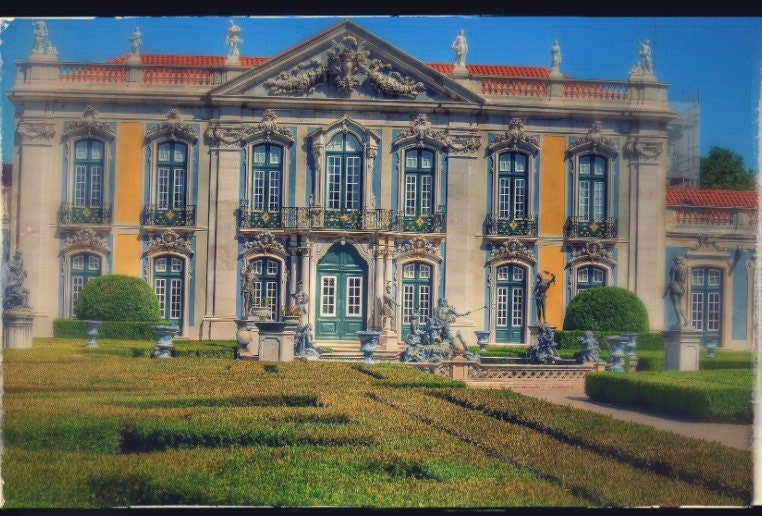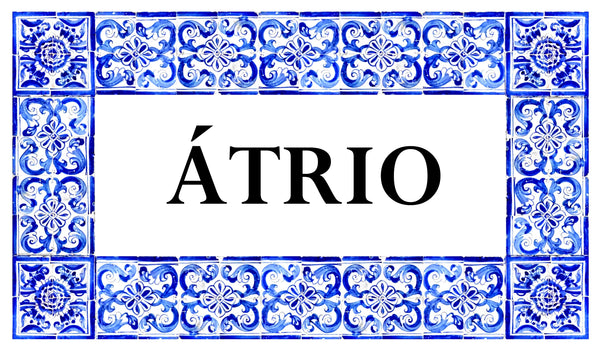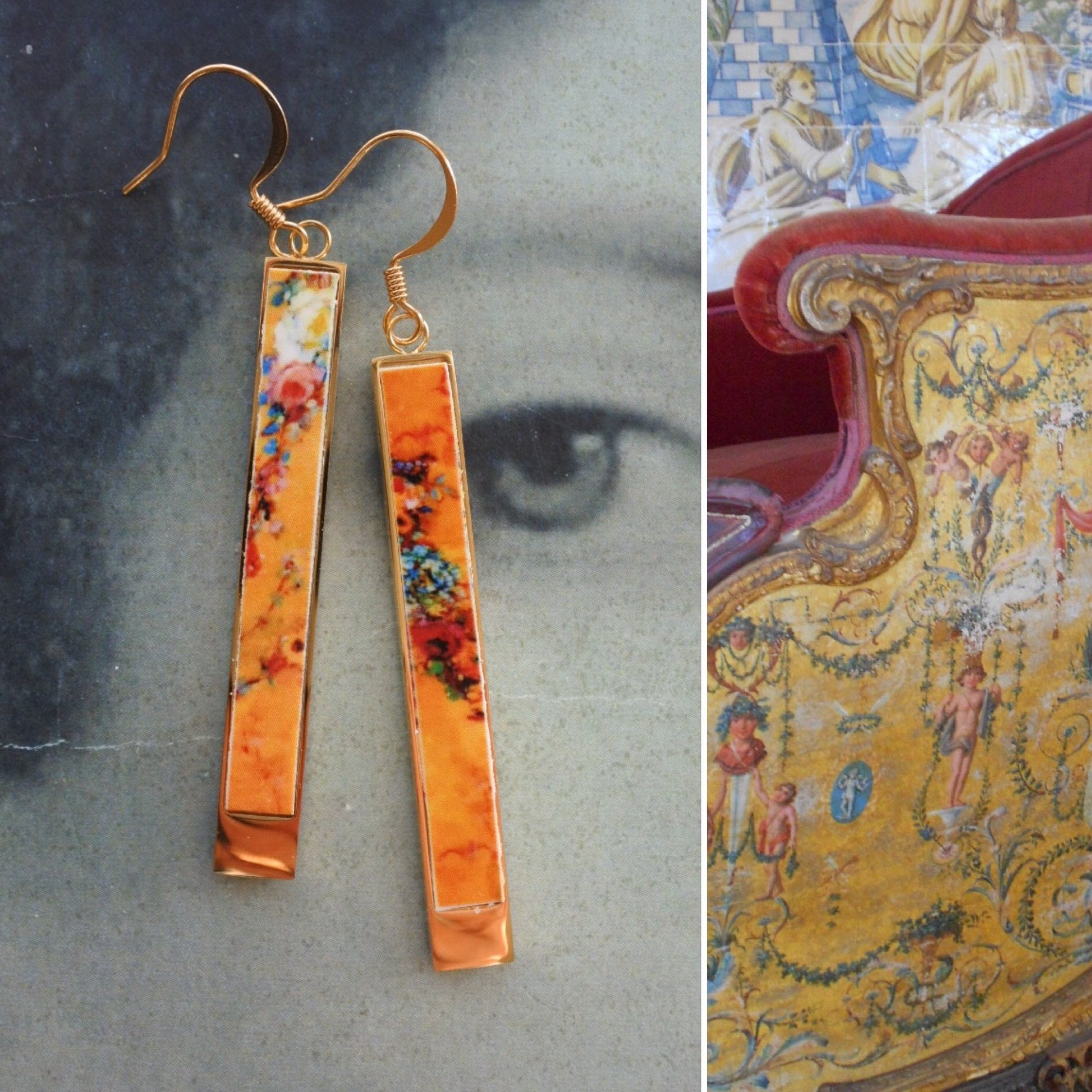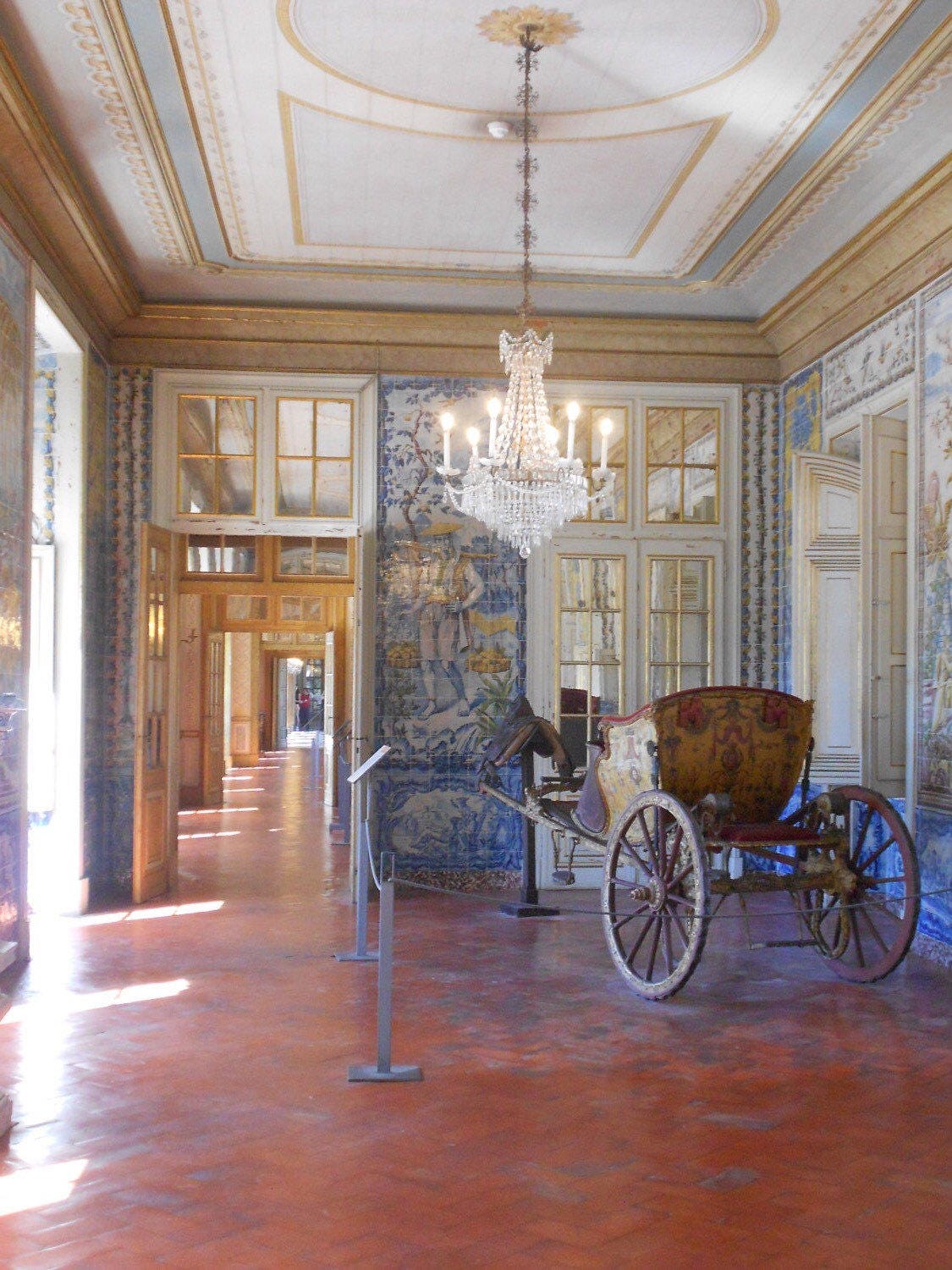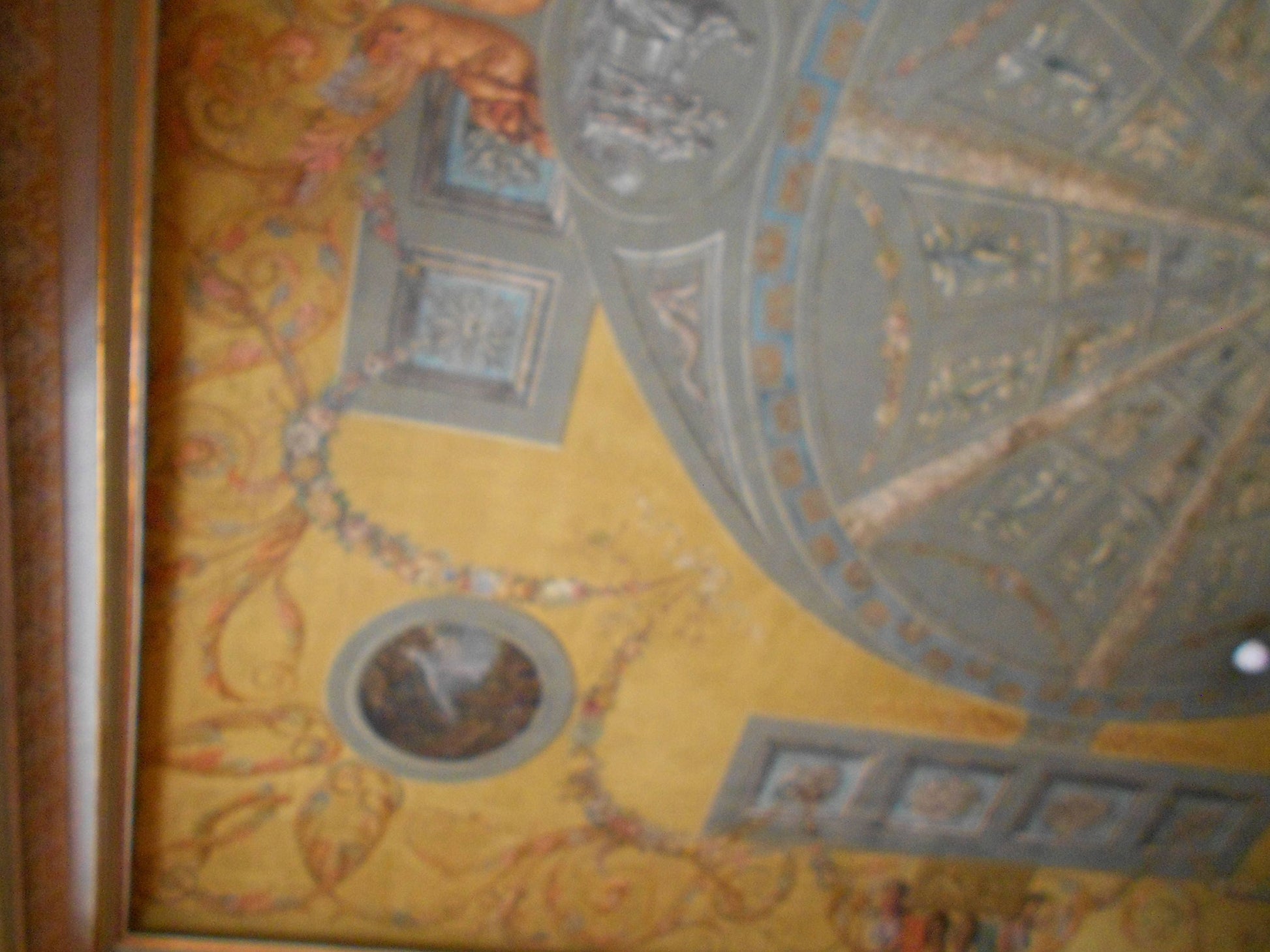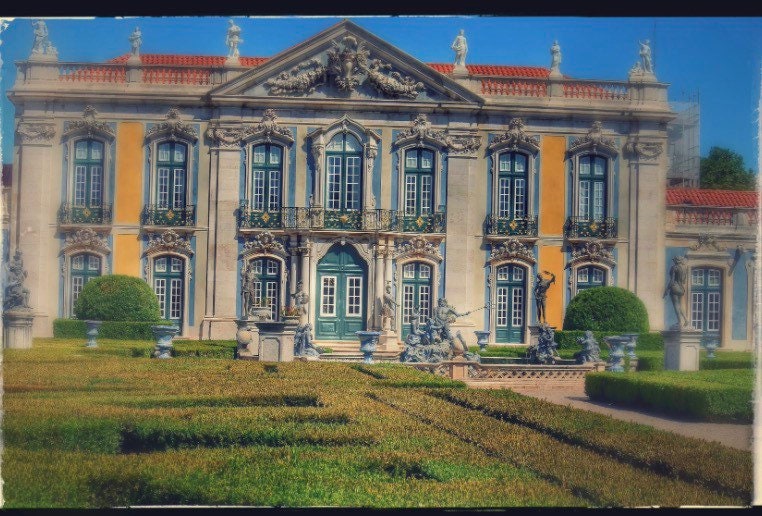Atrio Tiles
Atrio Earrings Matchstick Bar Frescoes DONA MARIA Queen of Portugal - Palace of Queluz, Neoclassic Versailles Renaissance Tuscan
Atrio Earrings Matchstick Bar Frescoes DONA MARIA Queen of Portugal - Palace of Queluz, Neoclassic Versailles Renaissance Tuscan
Couldn't load pickup availability
These beautiful Bar or Matchstick Earrings are reversible and measure 2.5" long. They are solid stainless steel, but very lightweight. Precious pieces of Portuguese history you are certain to receive compliments on! Since they come in a gift box, they make perfect gifts for the women in your life.
Use this link to find all of our Matchstick Earrings https://www.etsy.com/shop/Atrio?section_id=29230696
WEAR A PIECE OF HISTORY!
QUESTION: Are your tiles real antique Portuguese Azulejo tiles?
ANSWER: Absolutely not. In our description of each item, we try to call attention to the theft and destruction of antique Portuguese tiles. Even the tiles found in flea markets and antique stores were most likely stolen off a building during the night. We have seen entire home facades disappear during the night to thieves. Thankfully, Portugal just passed a law declaring this theft a crime. We can only hope that it will one day be enforced.
For this reason, we have no part in this despicable crime. We make our own tiles from polymer clay. Ceramic would be far too heavy for earrings and impossible to mold into the shapes we want. For the hoops, we mold the clay as thin as we can get it, so that it will look pretty inside the hoops.
They are 2.5” long.
These earrings tell a story of European History!
To my dismay, many old buildings have fallen in disrepair and this is an attempt to preserve a little of the patrimony of Portugal before it's too late. The Palace of Queluz is beautifully maintained.
Dona Maria, the Queen of Portugal. The Frescoes are from her chambers. They are reversible, lightweight and solid stainless steel. The gold version has Surgical steel ear wire and the silver version has 925 silver ear wire.
The yellow/orange frescoes are from the Palace of Queluz.
According to Wikipedia:
The Palace of Queluz (Portuguese: Palácio de Queluz, Portuguese pronunciation: [kɛˈɫuʃ]) is a Portuguese 18th-century palace located at Queluz, a freguesia of the modern-day Sintra Municipality, in the Lisbon District. One of the last great Rococo buildings to be designed in Europe,[1] the palace was conceived as a summer retreat for Dom Pedro of Braganza, later to become husband and then king consort to his own niece, Queen Maria I. It served as a discreet place of incarceration for Queen Maria as her descent into madness continued in the years following Dom Pedro's death in 1786. Following the destruction by fire of the Ajuda Palace in 1794, Queluz Palace became the official residence of the Portuguese prince regent, John VI, and his family and remained so until the Royal Family fled to the Portuguese colony of Brazil in 1807 following the French invasion of Portugal.[2]
Work on the palace began in 1747 under the architect Mateus Vicente de Oliveira. Despite being far smaller, the palace is often referred to as the Portuguese Versailles.[3] From 1826, the palace slowly fell from favour with the Portuguese sovereigns. In 1908, it became the property of the state. Following a serious fire in 1934, which gutted one-third of the interior, the palace was extensively restored, and today is open to the public as a major tourist attraction.
One wing of the palace, the Pavilion of Dona Maria, built between 1785 and 1792 by the architect Manuel Caetano de Sousa, is now a guest house allocated to foreign heads of state visiting Portugal.
Queluz's architecture is representative of the final extravagant period of Portuguese culture that followed the discovery of Brazilian gold in 1690.[4] From the beginning of the 18th century many foreign artists and architects were employed in Portugal to satisfy the needs of the newly enriched aristocracy; they brought with them classical ideas of architecture which derived from the Renaissance. In its design, Queluz is a revolt against the earlier, heavier, Italian-influenced Baroque which preceded the Rococo style throughout Europe.[4]
Comparisons with the far larger and more Baroque Versailles are unwarranted: Versailles is referred to as having "an aura of majesty" and it was built and dedicated to exhibit in stone "all the glories of France,"[5] whereas the far smaller palace at Queluz has been described as "exquisite rather than magnificent" and looking like "a very expensive birthday cake".[6] In its frivolity, the architecture of Queluz reflects the lifestyle led by the Portuguese royal family at the time of building: during the reign of Dom Pedro's brother, Joseph I, when Portugal was in practice governed by a valido or favourite, the Marquis of Pombal. Pombal encouraged the royal family to while away their days in the country and leave affairs of state to him.[4] Thus the extravagant, almost whimsical architecture of Queluz, set apart from the capital city, exactly represents the politics and social events of Portugal during this era, and the carefree and flamboyant lives led by its occupants.[4] Queluz's role as a haven for those without responsibility was, however, to be short-lived.
On the accession to the throne of Dom Pedro's wife Maria in 1777, Pombal was dismissed, and Dom Pedro and Maria ruled jointly in his place, using the partially completed Rococo palace at Queluz as a retreat from affairs of state in much the same way as Frederick the Great used Europe's other famed Rococo palace, Sanssouci.[7]
The site chosen for this summer retreat was in a secluded hollow.[8] It had originally been owned by the Marquess of Castelo Rodrigo. When the ruling Spanish were driven from Portugal in 1640, the property was confiscated, and Rodrigo was accused of having collaborated with the Spanish. The estate and its hunting lodge then became one of the many properties of the Portuguese king, João IV. He set it aside as one of the properties reserved for the second son of the reigning monarch.[9] Thus it came into the hands of Dom Pedro, the second son of João V.
The architect, Mateus Vicente de Oliveira, had trained under Ludovice of Ratisbon and Jean Baptiste Robillon[10] during the construction of the royal palace and convent of Mafra. The more sombre and massive classical palace at Mafra does not appear to have influenced the design for Queluz, which is in a lighter, more airy style.[1] Work began in 1747 and continued rapidly until 1755, when it was interrupted by the Great earthquake of 1755, after which the labourers were more urgently required for the reconstruction of the city. The earthquake proved to be a catalyst, because the urban rebuilding process stimulated the development of the arts in Portugal.[4] The subsequent architecture of Queluz was influenced by new ideas and concepts. When work recommenced in 1758, the design was adapted for fear of another earthquake. Thus the later works take the form of low, long buildings, more structurally stable than a single high block: as a result, viewed from a distance the palace resembles long enfilades linked by higher pavilions rather than one single construction.
Wear a Piece of History!
All my tiles are replicas made of polymer clay where the image actually becomes part of the clay through baking. No glue is used in the process. The pieces become waterproof and scratch resistant. Due to the handmade and hand shaped nature of each tile, slight variations will occur, as no two pieces are alike.
Please feel free to email me with any questions you may have.
Thank you,
Atrio
🌺ATTENTION: There is a 5% RESTOCKING fee per item PLUS a $3.50 fee for returned items.
🌸🌸🌸🌸🌸🌸🌸🌸🌸🌸🌸🌸🌸🌸🌸🌸🌸🌸
🌸
The term Azulejo or Tile dates back to the time of Arab occupation of the Iberian Peninsula. The term "azulejo is derived from the Arab word (al zulej) which means a smooth and polished stone. It wasn't until the 16th century that the process was perfected into the tile we know today.
🌸🌸🌸🌸🌸🌸
+ Please note that some of our items will come with a tag stating "Return only accepted if tag is attached". There are no exceptions to this policy. 🌺ATTENTION: There is a 5% RESTOCKING fee per item PLUS a $3.50 fee for returned items.
🌸🌸
Although the tiles are water resistant, care should be taken to keep the tiles and metal out of water and away from lotions, including cosmetics, sunscreen, hairspray, etc. The chemicals in these products will dull the finish on the tiles.
🌸🌸🌸
All my tiles are replicas made of polymer clay where the image actually becomes part of the clay through baking. No glue is used in the process. The pieces become waterproof and scratch resistant. Due to the handmade and hand shaped nature of each tile, slight variations will occur, as no two pieces are alike.
🌸🌸🌸🌸
Wear a Piece of History!
Share
